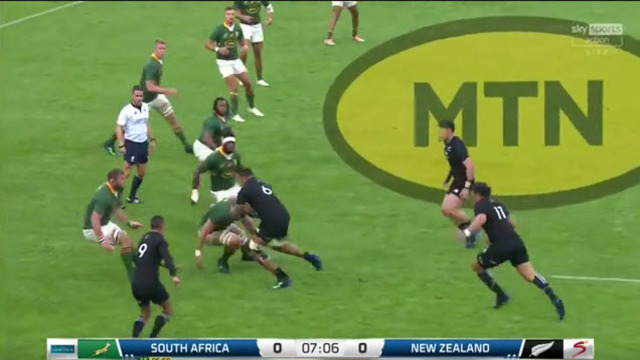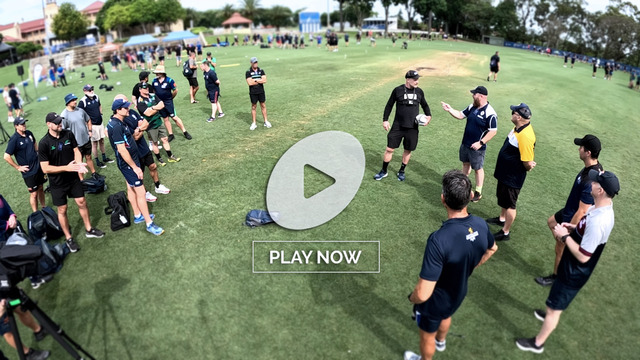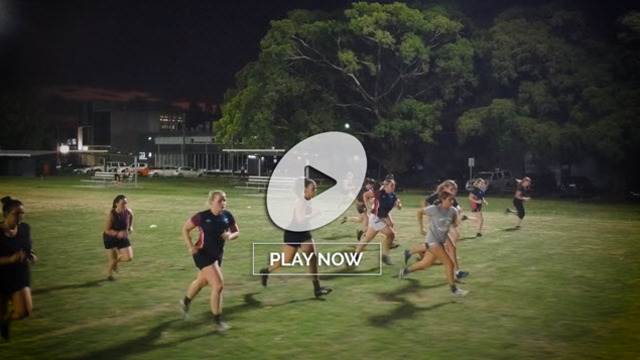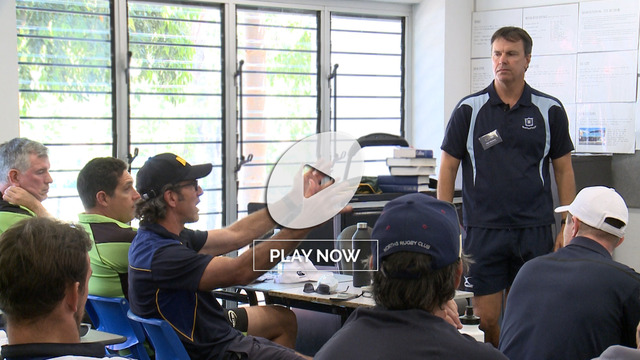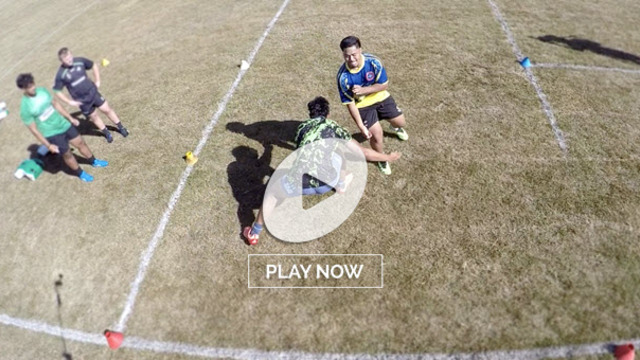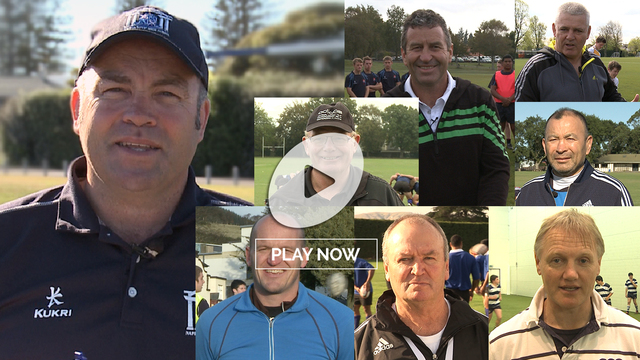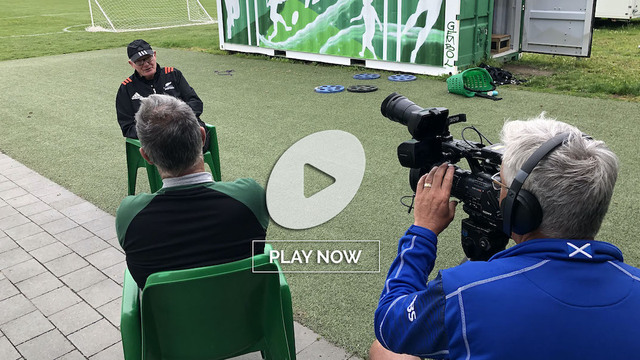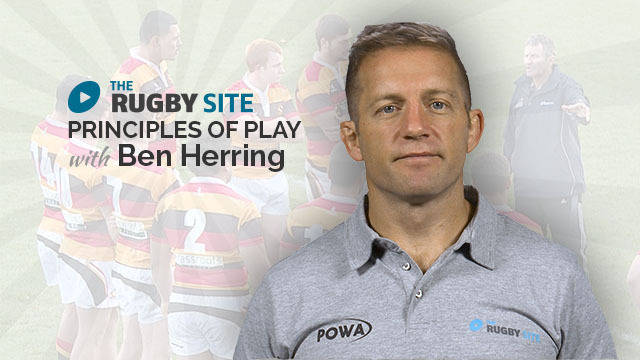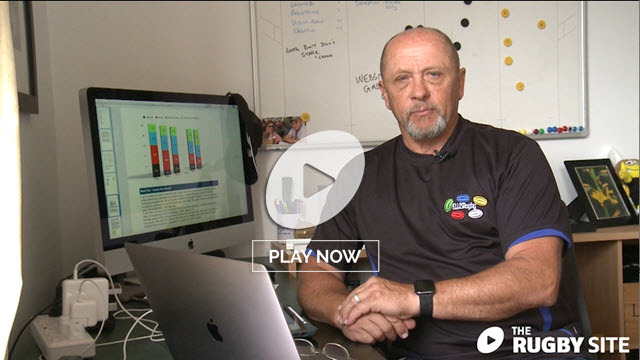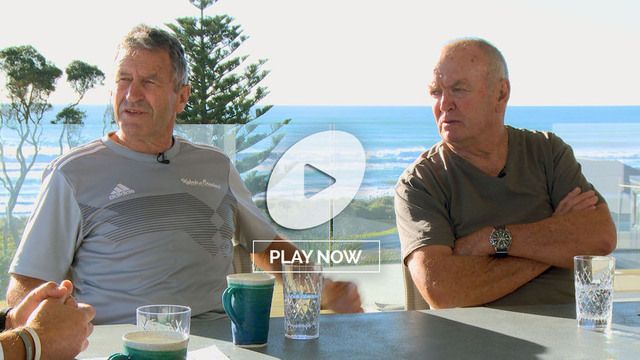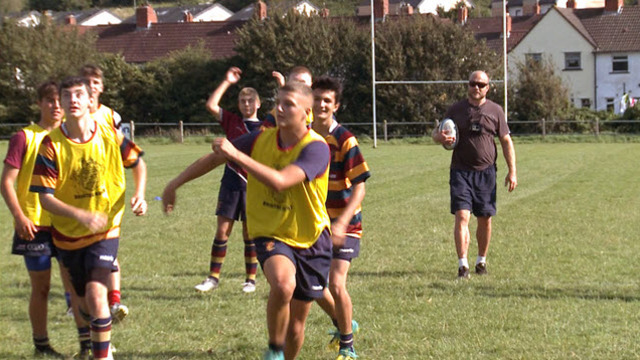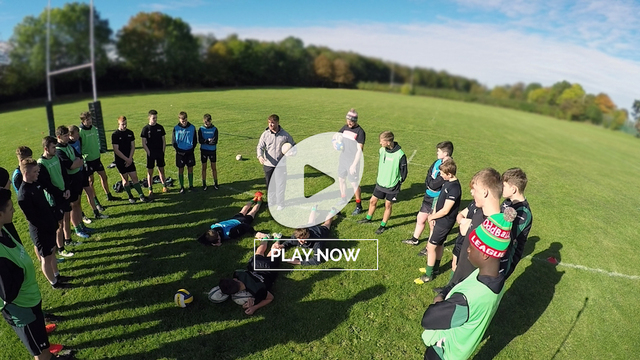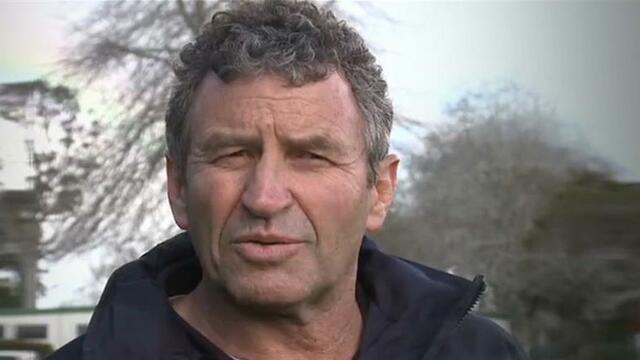Good coaching really helps. Around the time England were the number one team in the world before winning the William Webb Ellis trophy back in 2003, their head coach Clive Woodward came up with the notion of TCUP – ‘thinking clearly under pressure’. If his players could think clearly about their jobs in the moments of greatest pressure, Woodward reckoned they would win far more games than they would lose.
In fact, TCUP applies very bit as much to coaches off the field as it does to players on it. If there is any mud in the water of the information the coaches are drip-feeding into the players, it will tend show up at key pressure moments in the match.
The All Blacks have had this clarity of purpose ever since Joe Schmidt and Jase Ryan joined their coaching staff around the second match of The Rugby Championship, in time for the return game against the Springboks at Ellis Park.
Professional Analyst Eoin Toolan spoke about Schmidt’s clarifying effect in the excellent Rugby Weekly Extra podcast:
“The buzzword that came out of Irish rugby in the early days of the Joe Schmidt era was ‘clarity’. That was constantly referenced by the players: that their confidence came from clarity; that they all understood how they wanted to play, where on the pitch they were looking to exploit opposition weaknesses.
Through that clarity comes that automation where no-one’s in doubt in terms of where they need to go to, no-one’s in doubt in terms of their roles individually from one to 15 which, as a collective, brings that automation. That allows people to play with real aggression because there is no ambiguity in terms of what’s required of them. I was smiling to myself during the game that you could see that shift in the New Zealand players.” https://www.the42.ie/the42-rugby-podcast-5857975-Sep2022/
In the following article published around the same time https://www.therugbysite.com/blog/breakdown/how-to-get-the-most-out-of-your-turnover-defence-at-the-ruck, I examined how the roles of the New Zealand forwards were clarified on defence. Skipper Sam Cane was given the job of making tackles, while Ardie Savea and Sam Whitelock were the two forwards handed the job of exploiting the jackaling opportunities that might arise from Cane’s offensive stops.
At that second game in South Africa, Cane topped the tackle count with 12, and Ardie and Sam made all four turnovers on the ground between them. That is coaching TCUP for you. The same clarity was also in operation on the attacking side of the ball. Up front, New Zealand made clearer decisions about who they wanted to carry ball into contact, and who they wanted cleaning out over the top of those carries; who they wanted carrying close, and who they wanted supporting in the wider channels.
The three primary nominated ‘hard yards’ ball-carriers were hooker Samisoni Taukei’aho (12 carries), number 6 Shannon Frizell (eight) and captain Ardie (13). Between them, Taukei’aho, Frizell and Savea carried 11 more times, for 76 more metres than the other five remaining forwards put together. The number of tackle busts was six to one in favour of that ‘minority of three’.
The job of the other five forwards was primarily to clean out, with Whitelock (28) and Cane (17) the two key exponents. That clarity was there right from the start of the game:
After a defensive lineout turnover by Sam Whitelock, first Frizell carries (with a cleanout by Cane), then Tuakei’aho (with support from Whitelock). That keeps the South African defence honest, and wrapping around towards [their] left side-line. On the way back, New Zealand don’t want either Scott Barrett or Whitelock carrying, so the ball goes through the forward pod and out to the opposite touch, where Ardie Savea is lurking. Savea is one of the few forwards in world rugby who can carry with equal effectiveness in traffic and in space, and he duly makes the bust.
The pattern was repeated a few minutes later.
First Frizell, then Taukei’aho take the ball up into the teeth of the Springbok D. When the ball is switched back to the left, Savea and Cane are the two forwards present to support a mini-break by Caleb Clarke. New Zealand had the pieces of the offensive jigsaw in the right places – their number 2 and number 6 doing the heavy lifting inside, Whitelock and his other tight forwards focused on cleanout support; Savea and Cane shifting from tight-to-wide, Ardie on the carry, Slammin’ Sam in cleanout and support duty.
It all came together for a memorable score in the 28th minute. After a long break upfield by Clarke from his own 22, https://youtu.be/UZcWCHskekI?t=167 , the All Blacks returned to their tried-and-trusted formula near the South African 22:
Samisoni Taukei’aho takes the ball up and through the first line of defence and receives immediate support from Shannon Frizell (on the carry) and Sam Whitelock (at cleanout time). When the ball goes out to the right touch, Sam Cane is there to finish off the move with the try it so richly deserved.
Summary
New Zealand’s success in the second half of the season has derived mainly from an increased clarity of roles, both on attack and in defence, and most especially in the forwards. Coaching clarity allows players on the field to relax, and focus on the specifics of their day-job. It liberates aggression, the application of power and the determination to succeed because there is no uncertainty, and the role is totally understood.
